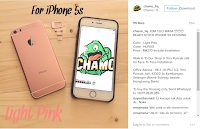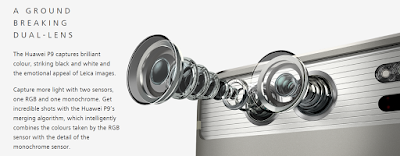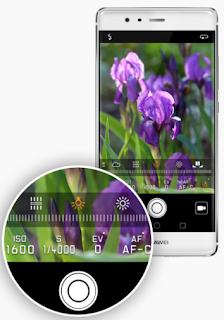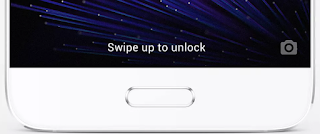This is not actually a surprising move. It has been
predicted that Apple would come out with a 4-inch iPhone this year, although
details on the specifications on the device is as usual shrouded. They have
been many rumours though as with every iPhone but I would have to say this is
the least exciting iPhone I have ever experienced. Here is the iPhone SE
No your eyes are not deceiving you, and I’m also not trying
to trick you. This is the new iPhone SE. Yes it looks exactly like the 5/5S,
except if you’re using the latest colour addition, the Rose gold and the
writings SE on the back.
Words to describe the SE: Safe, boring. One word to describe
Apple: Lazy? Some have argued that this is an excellent strategic business move
by Apple, they can save on R&D cost while clearing their old stocks. I
would still say that they are a lazy bump. Why you asked? Here’s a picture of a
custom iPhone 5/5S housing that can be found in certain shops in our country. The name of the shop is ChamoGadget, do pay
them a visit if you need to repair your iPhones/iPads and they also provide
custom housing replacements.
Yes, third party manufacturers have come out with iPhone 6
Mini housing for the 5/5S. If they can, don’t tell me Apple can’t. At least in
terms of design you’ll be getting something different, albeit without needing
too much inspiration but still you get something new.
Enough of me ranting on the design, lets talk specs! As this
is considered an upgrade of the 5S, that will be the iPhone that I will be
comparing it with. Internally the iPhone SE is actually an iPhone 6S embedded
into the body of a 5/5S. Yes, you’ll be getting the same high-end latest
processor by Apple (A9) with 2GB of RAM (versus 1GB in the 5S) alongside their
12MP iSight camera as well but that is where the similarity ends. The battery
in the SE is also slightly bigger than the
one found in the 5S, 1642mAh vs 1560mAh.
The screen still maintains the same resolution and the Touch
ID is still the same. Colours are the same except for the new Rose Gold.
Overall a solid 4-inch smartphone that has some serious
processing power and an excellent camera but the thing that still would not
make me recommend the phone to someone would be the price.
Even though Apple opted to use an older design with same
display, mostly same components the price can be considered as closing to the
high-end market.
For the 16GB model, you’ll have to fork out RM1,949
while the 64GB (which you should get this one over 16GB if you are
really intent in getting one) will cost you RM2,449. Oh and note that there is
not 32GB option, cause well Apple want you to buy the more expensive and higher
profit margin 64GB. More expensive than some other flagship smartphones (Huawei
P9, Huawei Mate 8) and only slightly
cheaper than the current best smartphone in the world, the Galaxy S7.

For me, it’s just not worth it. At that price you could be
getting the highest variant of the Xiaomi Mi 5 for example that should deliver
the same processing power. But the choice is still in your hands, it’s a
controversial issue but I personally would not recommend this even though it’s
“the world’s most powerful 4-inch smartphone” as quoted by Apple.
Maybe if one day they
decide to drop the price a little bit more.























